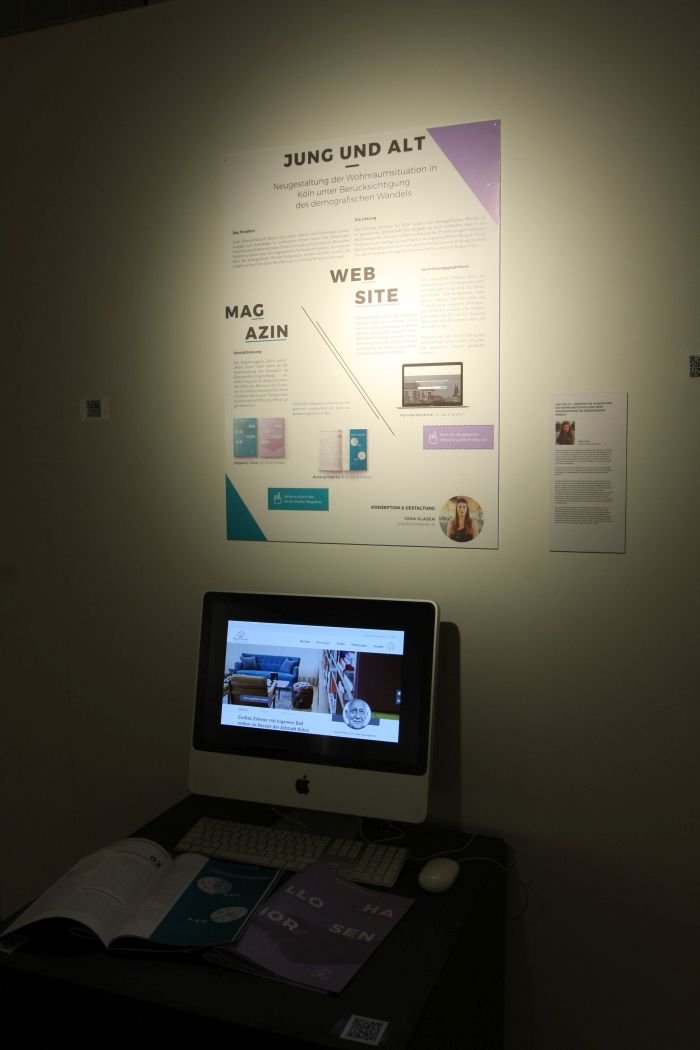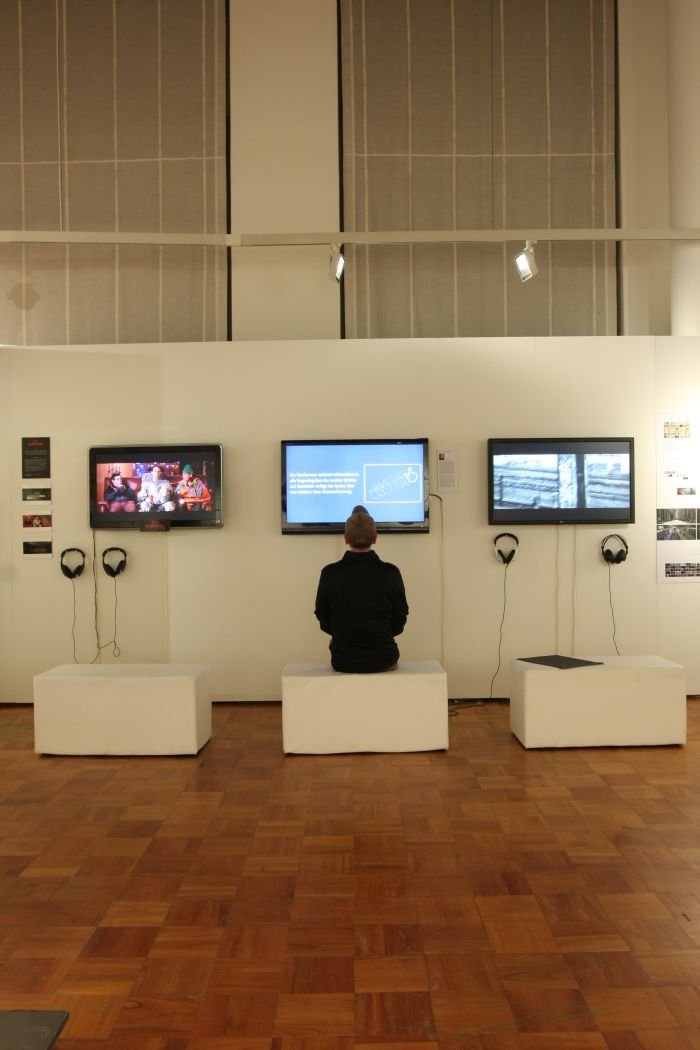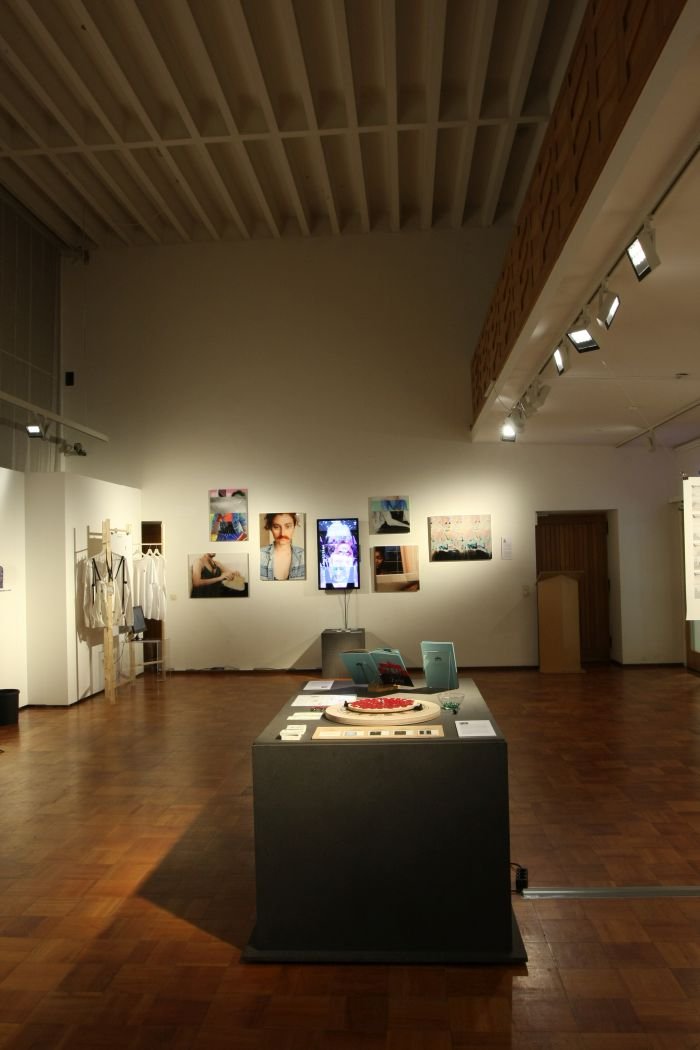Algorithms as dance, a tactile architecture guide and a future-proof flat sharing platform.
On Thursday October 26th the winners of the 2017 Kölner Design Preis were unveiled at a ceremony in the city's Museum für Angewandte Kunst, MAKK; and where until Sunday November 19th the three winning, and all nominated, projects, can be viewed in a specially conceived Kölner Design Preis 2017 exhibition.
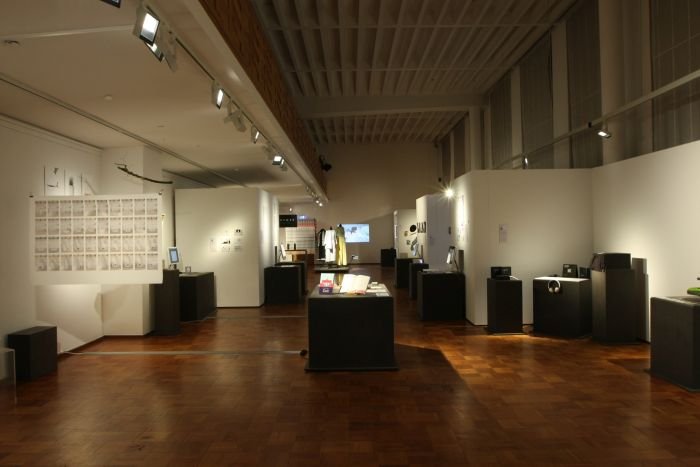
Celebrating its tenth anniversary in 2017, the Kölner Design Preis, is, as far as we are aware, still, unique in the cosmos of international design prizes. Open to graduates from all the "creative colleges" in Cologne, the nominees are proposed by the schools from amongst their graduates; meaning not only that the nominees represent a broad mix of contemporary creative disciplines and contemporary creative positions, but also, at least theoretically, the nominated projects represent the best student projects realised in Cologne in the year past.
For the tenth edition of the Kölner Design Preis a total of 26 nominations were received from which the jury, comprising amongst others, MAKK Director Dr. Petra Hesse, design journalist Stephan Ott and designer Nils Holger Moormann, selected three prize winners who in addition to the honour of winning, shared the €4,000 prize money.
Back in the day, when people had real jobs, a popular saying chided that "a bad workman blames his tools". Or put another, you're responsible, stop trying to pass on the blame. Today, in our digital world, technology is always to blame when things go wrong. "A sociopath blames the internet", is however yet to establish itself in our vocabularies. It is however to be hoped it eventually does.
For, and in addition to our oft repeated question as to who is actually making the decisions about where our digital networked future is going, comes the question(s) of our individual responsibilities. The increasingly lax approach to which was partly what so annoyed and irritated us about the digital projects at the Royal College of Art London Summer Show, and to a lesser, and slightly different, degree, at Schwäbisch Gmünd; this idea of giving up responsibility for nigh on every aspect of our existence to digital technology. We can give up responsibility, in many cases it is unquestionably positive that we do, but we should never lose sight of what we're doing, what we're giving up, nor that as a species we are no way near as clever as we like to think we are. We can work through how things should proceed with pinpoint accuracy: are always blind to the unforeseen consequences and side effects. For all those that arise through interdependent networks of which we have no (complete) understanding. Or random events we can't predict. Or other people.
Realised as her Bachelor project at the Köln International School of Design, KISD, Programme begreifen. Eine performative Umsetzung - Perceiving Programmes. A Performed Realisation - explores our relationship to computer, digital, technology, the (quasi) dependency that exists, the ever deepening intensity of that (quasi) dependency and the inherent problems in the unreflected following of a programme or algorithm. A programme or algorithm conceived as a digital tool to make our lives easier, and thus conceived with all the inherent flaws of humanity, but which we trust implicitly, and which through the nature of our relationship to it, increasingly sees it become the active partner.
The performative Umsetzung - performed realisation - coming through the interpretation of a series of instructions by dancers. All the dancers have the same instructions, all the dancers follow the instructions the way you might follow your sat nav's instructions, yet all interpret them differently; the individual interpretation of the instructions mirroring the way we individually, instinctively, intuitively, interact with the interfaces of our digital technology and so through habit and custom become inseparable from it. Although arguably we should. Arguably?
For our part, and aside from the challenge to question your own behaviour inherent in the project, we also liked the fact that through dance there exists a link back to Bauhaus, and the thereby posed question as to what early 20th century avant-gardists would have done with all our modern technology?
Fuller details, and project documentation, can be found at www.florakarger.com
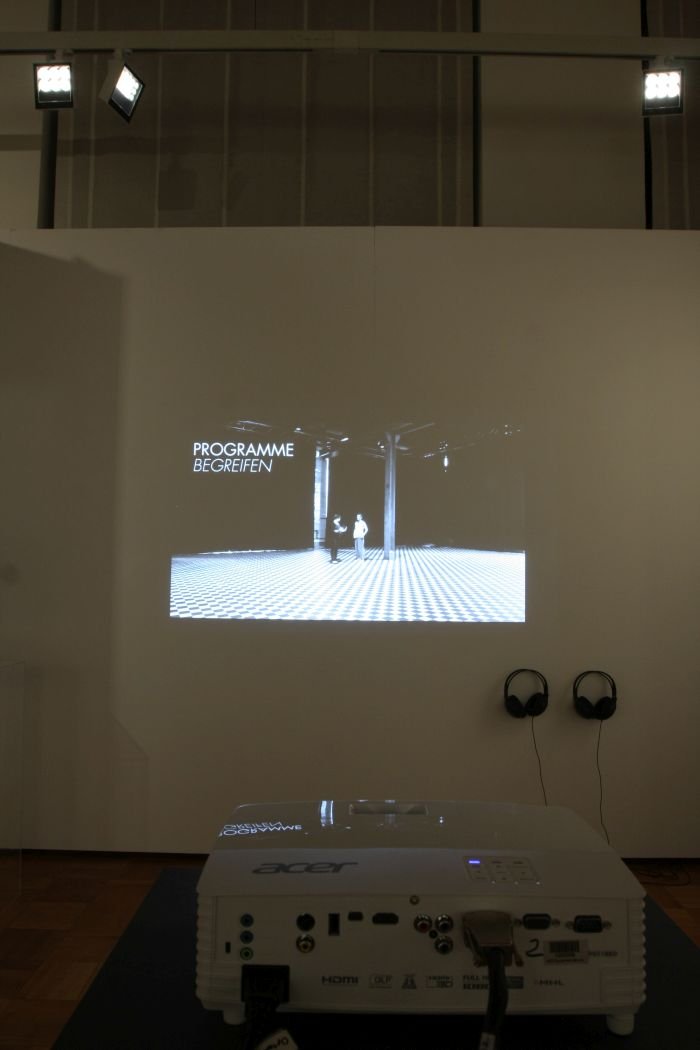
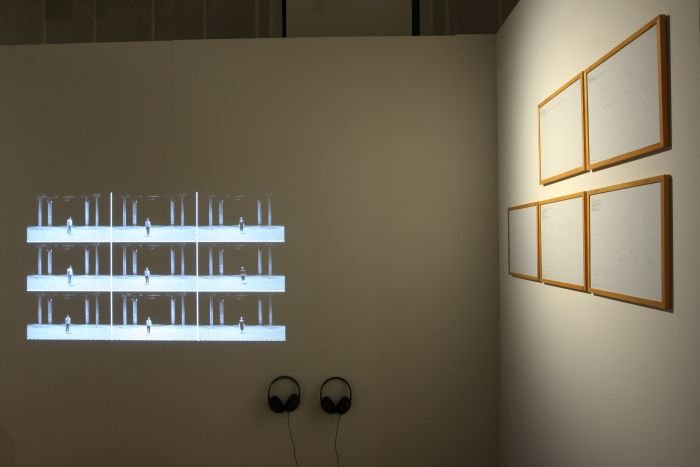
In context of her Diploma thesis at the ecosign - Akademie für Gestaltung, Sonja Lorenz developed the, if you will, tactile architecture guide, an inclusive architecture guide which allows both blind and non-blind to experience constructions without having to view them, but rather through Fingerspitzengefühl - instinct/touch
And thus not a project which is going to impress those who make a living post-processing architecture photos to the point of absurdity. But a potential boon for everyone else.
Taking as her subject Cologne's Hohenzollernbrücke Sonja proposes 3D printed tiles with the relief of the bridge in side elevation, horizontal projection and front elevation, an accompanying audio guide to each tile creating an audio-tactile rather than the "normal" audio-visual experience. And that regardless of where you are: the long-term plan being to make the 3D files available online meaning that anyone with access to a 3D printer can create them and thereby explore architecture, and for all engage in conversations about architecture, without the need to view the construction in question. Be that the Hohenzollernbrücke or any future additions to the project.
Full details on Sonja Lorenz and her work can be found at www.sonja-lorenz-design.de
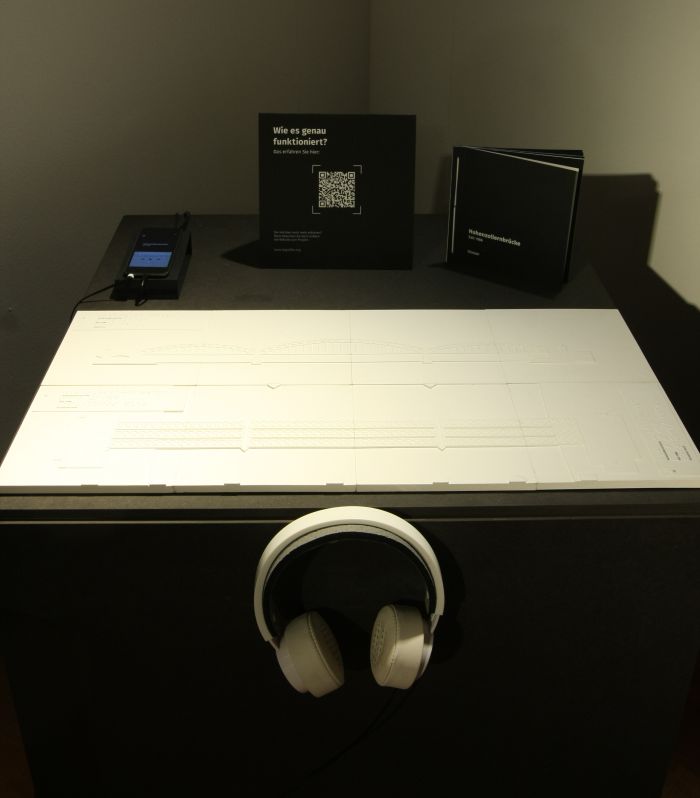
As any fool know, demographic change means ever more single person households, an ever ageing population and ever more young people who can't afford property because speculators are driving prices ever higher through artificial, abstract financial constructions. In context of her Media Design Bachelor thesis at the Rheinischen Fachhochschule Köln Jana Klasen explored possible solutions and developed the online platform Jung und Alt - Young and Old - via which those young people who are having difficulty finding affordable accommodation, for example, students, apprentices, creatives, can tandem up with those of an older generation, ideally with an empty bedroom, and who are looking for company and/or help around the house; rather than paying (full) rent the Jung "pays" through the daily help and assistance offered to the Alt, thus also saving on social care costs, or perhaps better put, allowing for a new distribution of available social care resources. And, in an ideal situation, creating a more socially cohesive and thereby more resilient, tolerant and progressive society.
Full details on Jana Klasen and her work can be found at https://janaklasen.wordpress.com/
Full details on the Kölner Design Preis and all nominated projects can be found at www.koelnerdesignpreis.de
The Kölner Design Preis exhibition is bilingual German/English and runs at Museum für Angewandte until Sunday November 19th. Entry is free. Full details can be found at www.makk.de
